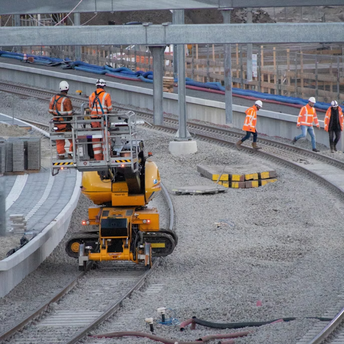Understanding the Differences Between Cargo Planes and Passenger Airliners

Cargo planes and passenger airliners share the skies but serve vastly different purposes, reflected in their design, functionality, and operations. While passenger aircraft prioritize comfort and safety for travelers, cargo planes focus on efficiency and payload capacity.
Design and Configuration
Passenger airliners, like the Boeing 777, feature rows of seats, overhead storage, and amenities for travelers, while cargo planes have open cabins designed for freight. Cargo aircraft often lack windows and include reinforced floors, roller systems, and large doors for efficient loading and unloading of goods.
Loading and Operations
Cargo planes, such as the Boeing 747-8F, use specialized loading mechanisms, including nose and tail openings or onboard cranes for oversized items. In contrast, passenger airliners handle luggage in belly compartments. Cargo planes prioritize payload and flexibility, while passenger aircraft focus on fixed schedules and customer experience.
Shared Innovations: P2F Conversions
Passenger-to-freighter (P2F) conversions transform older airliners into cargo planes by removing seats and reinforcing floors. Aircraft like the Airbus A330 exemplify this cost-effective adaptation, extending the life of passenger models.
Global Connectivity
Passenger airliners enable human mobility, while cargo planes power global trade by transporting goods efficiently. Together, these aircraft meet the specialized demands of modern transportation, ensuring a seamless flow of people and products worldwide.



















